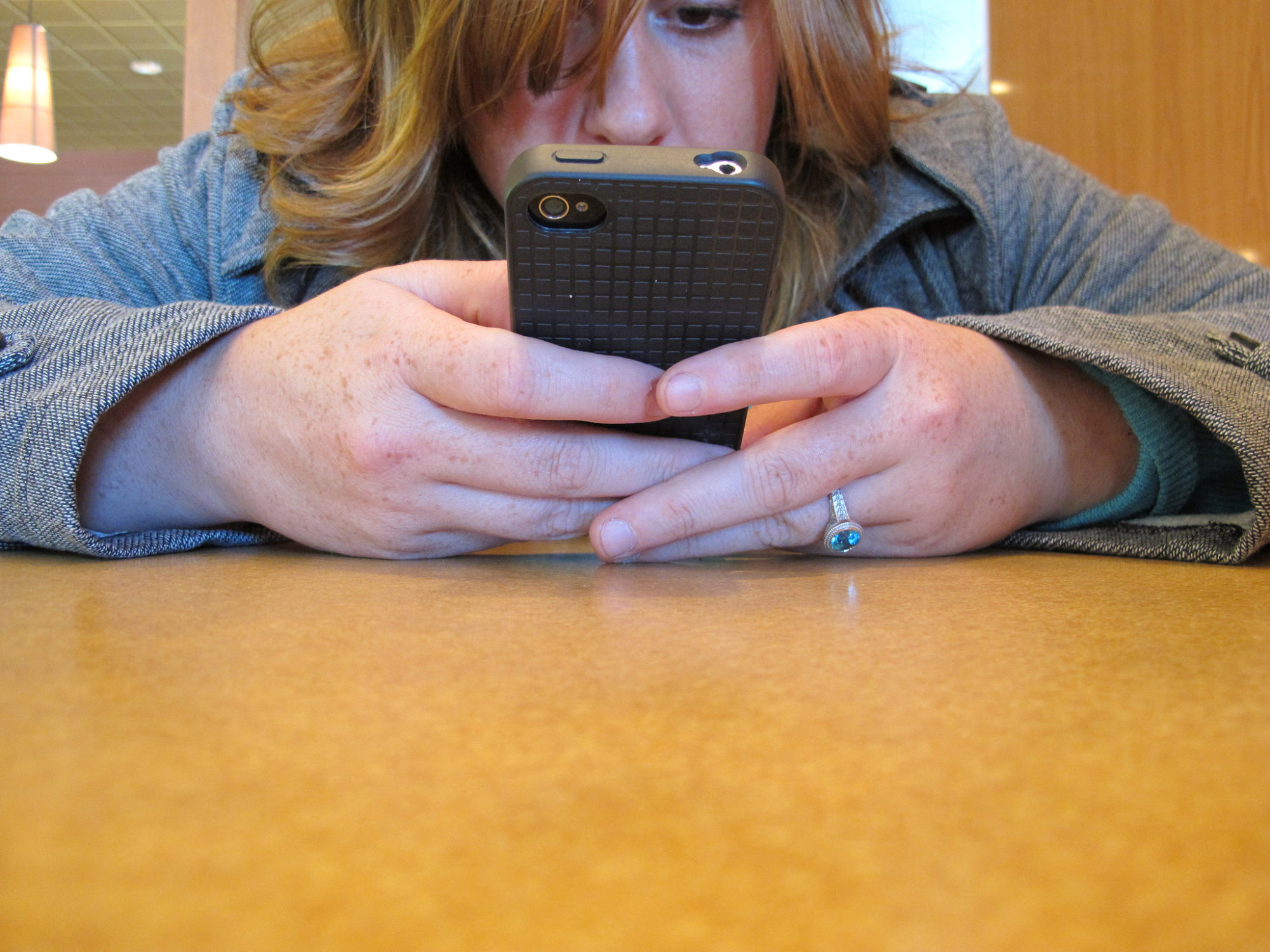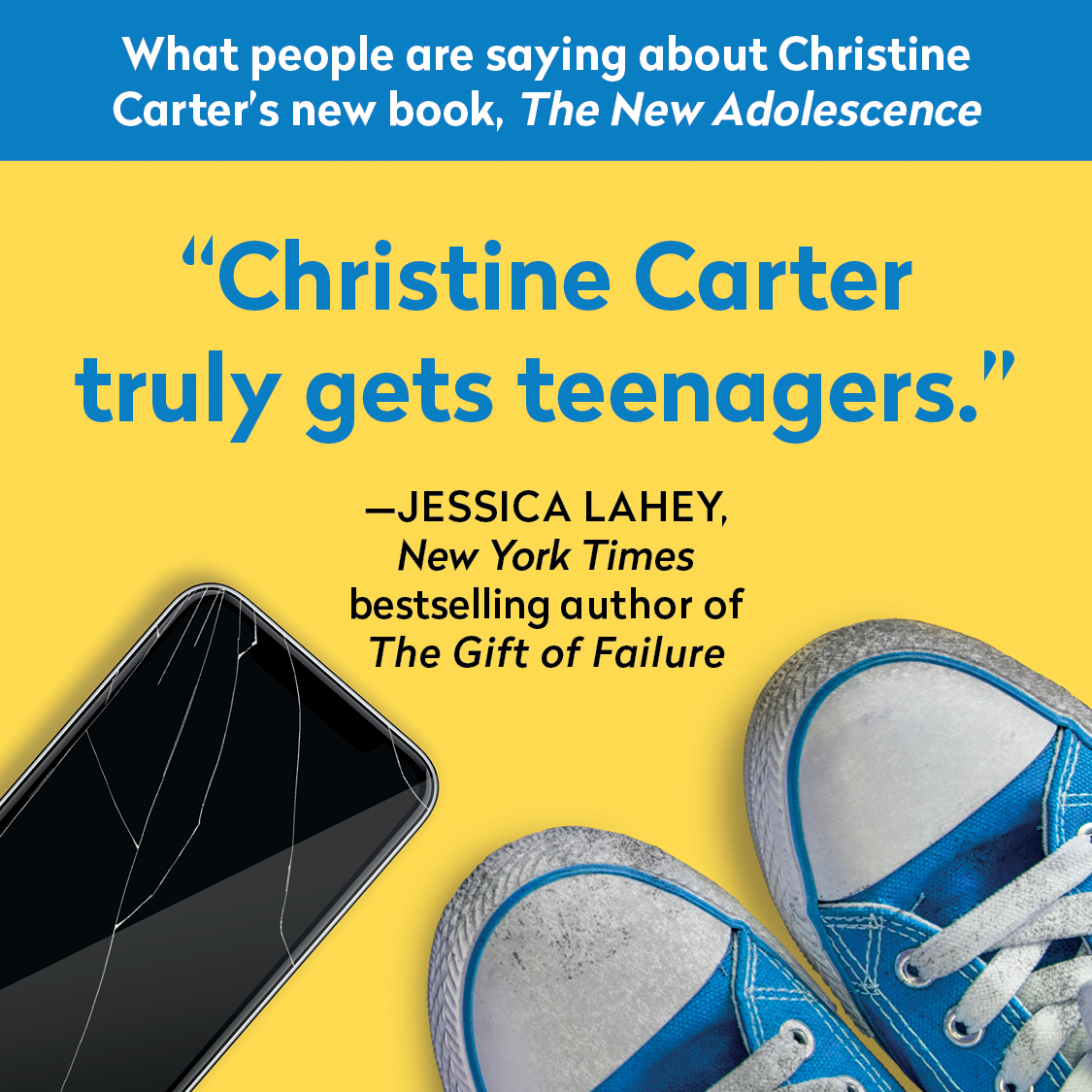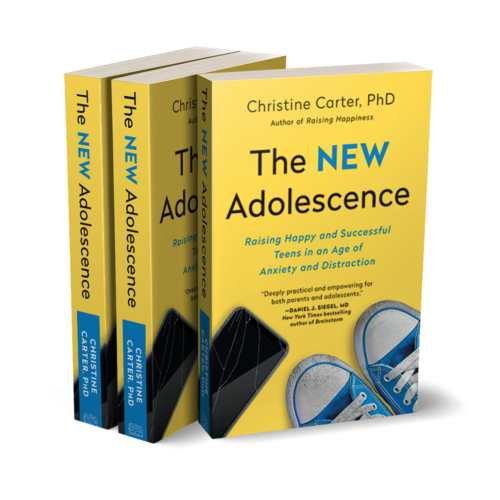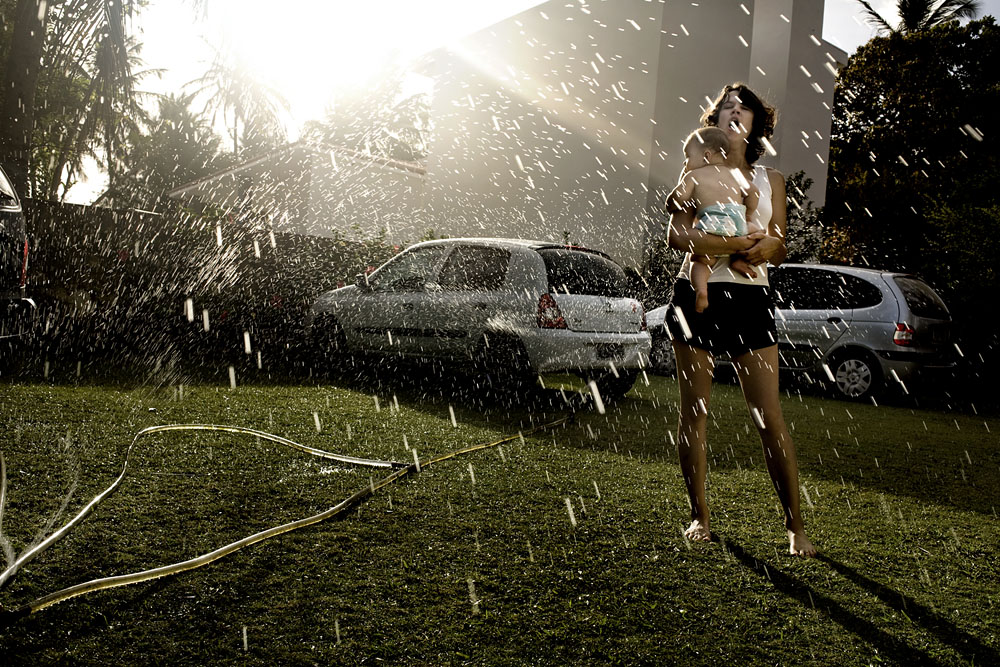From sundown on Friday, March 6 to sundown on Saturday, March 7, 2020 is National Day of Unplugging. Before you think, “there’s no way I can unplug for 24 hours,” bear with me. It is SUPER worth-while to consider doing a digital detox every once in a while. Why?
Research suggests that screen time (especially social media usage) leads to unhappiness. Three recent studies all found basically the same thing: The more people used Facebook, the lower their happiness (or the higher their loneliness and depression) was when researchers assessed them again. It’s important to note that it’s not that people who were feeling unhappy used social media more; it’s that Facebook caused their unhappiness.
This short 24-hour detox is a wonderful way to dip your toe into a full digital detox. This will free up tons of time (and don’t we all want more time?). Let’s read! And stare into space! And most importantly: Connect with family and friends! If you have an anxious or distracted teen, this is a perfect time to model both unplugging and reconnecting IRL.
While most of us can’t give up screens at work, or if we are in school, we can give up digital entertainment and social media for 24 hours. Even if we can’t go completely screen-free, we can reduce our exposure. It’s easy to spend most of our entire waking existence monitoring our email and social media feeds. We can begin the day by turning off the alarm on our phone . . . and then checking our messages. Before we are out of bed. And then we can bring our phones–and our feeds–with us to the bathroom. And we check again at breakfast. Lunch? We “catch up” on email or Facebook. For most people, the checking continues long into the evening.
Does this sound familiar? If so, here are five steps that will help you check less, but work — and play — more.
Step 1: Decide what to do instead of checking constantly. If you are going to spend less time monitoring your email (and social media feeds, and anything else that is constantly nagging you for attention), what would be more productive or joyful for you? My clients often want to spend more time doing focused, intelligent, creative work, and more time relaxing, exercising, and hanging out with their families. Actually block off time on your calendar for stuff like “Read with hubby” or “Do focused writing/thinking.”
Step 2: Hide the bowl of candy. If you were trying to eat less candy, would you carry a bowl of it around with you? Would you put it on your nightstand and reach into it first thing in the morning? And then carry it with you to the bathroom? And then set it next to you while you try to eat a healthy breakfast? And then put it on your dashboard? I didn’t think so. So keep that smartphone tucked away during your 24 hours of unplugging. (Maybe make sure your water bottle isn’t leaking before you keep it stashed in your bag, though.) Think of it as a tool, like a hammer, that you don’t need to pull out unless you need it for a phone. Make adjustments: Dig up your old-fashioned alarm clock, update your car’s navigation system, and put that digital camera back in your bag for the times when getting a call or text will tempt you if you are using a camera.
Step 3: Notice what happens. Notice the difficult bits with curiosity (and maybe humor). How do you feel as you detox from constant checking? How are people reacting now that you don’t respond to everything instantly? Notice also the moments of ease and focus. Your tension levels will likely drop, and you’ll probably be less stressed. How does this feel in your body? Really see the people around you, now that you are looking up from your phone. Smile.
Want support? Well, join us!
If you need a little more support or guidance planning your digital detox, I developed a complete plan in my free eBook, How to Gain an Extra Day Each Week. Sign up to receive my monthly newsletter here and I’ll send it right over.













